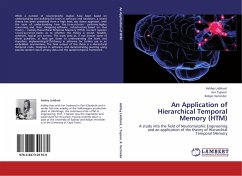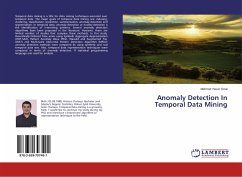While a number of neuromorphic studies have been based on understanding and building the brain in software and hardware, a recent theory has been presented from a high level, top down approach, with the view of understanding how the human brain performs higher reasoning, and then designing software infrastructure based on that theory namely Hierarchical Temporal Memory (HTM). Current opinion raises question marks as to whether this theory is sound, feasible, coherent, logical and correct. This work aims to, if not answer some of those questions, at least get closer to understanding the brain and therefore implementing HTM theory in software for further use in an embedded environment. The final output of this thesis is a Hierarchical Temporal node, designed in software, and demonstrating learning using pseudo-random input sensory data and the spatial temporal framework.
Bitte wählen Sie Ihr Anliegen aus.
Rechnungen
Retourenschein anfordern
Bestellstatus
Storno








